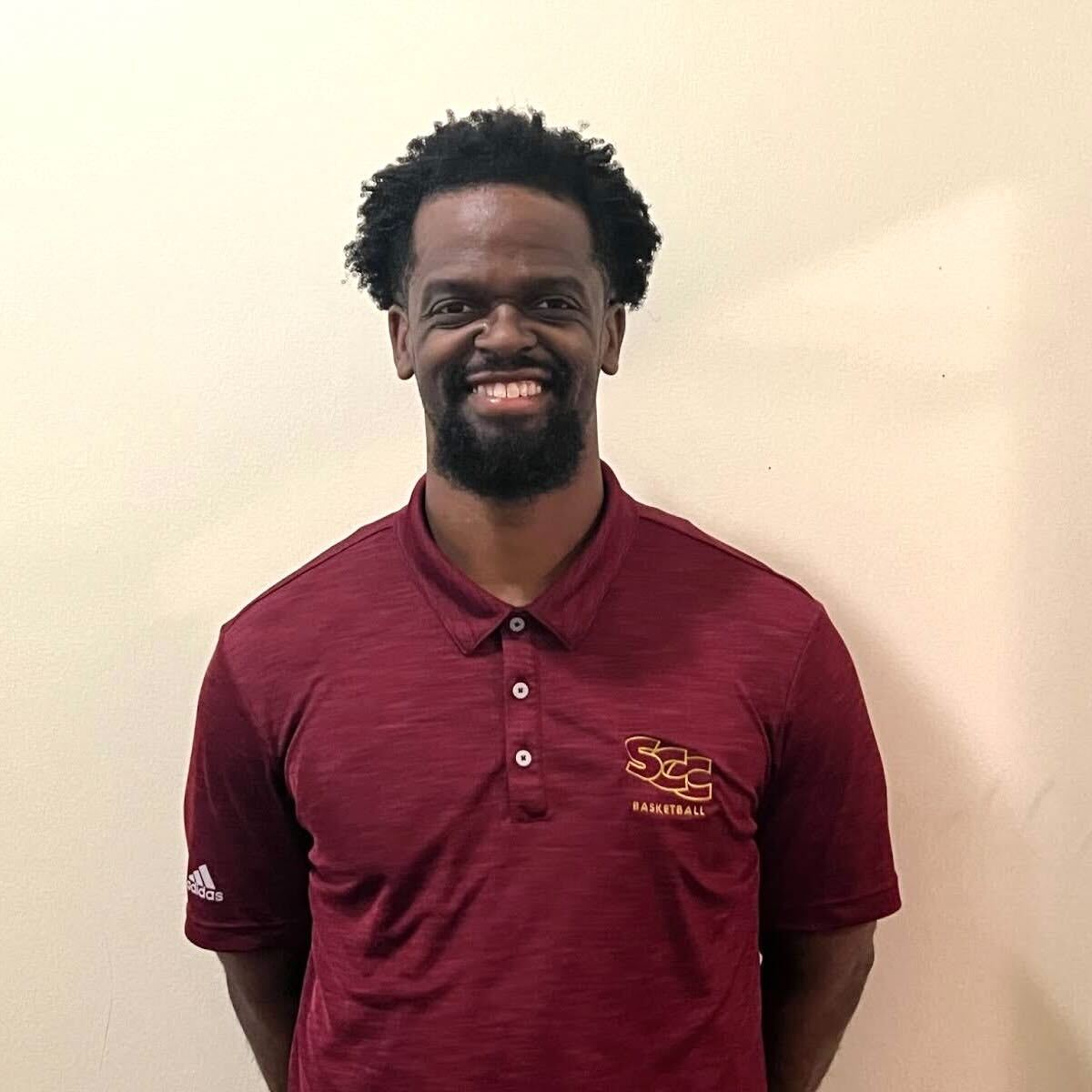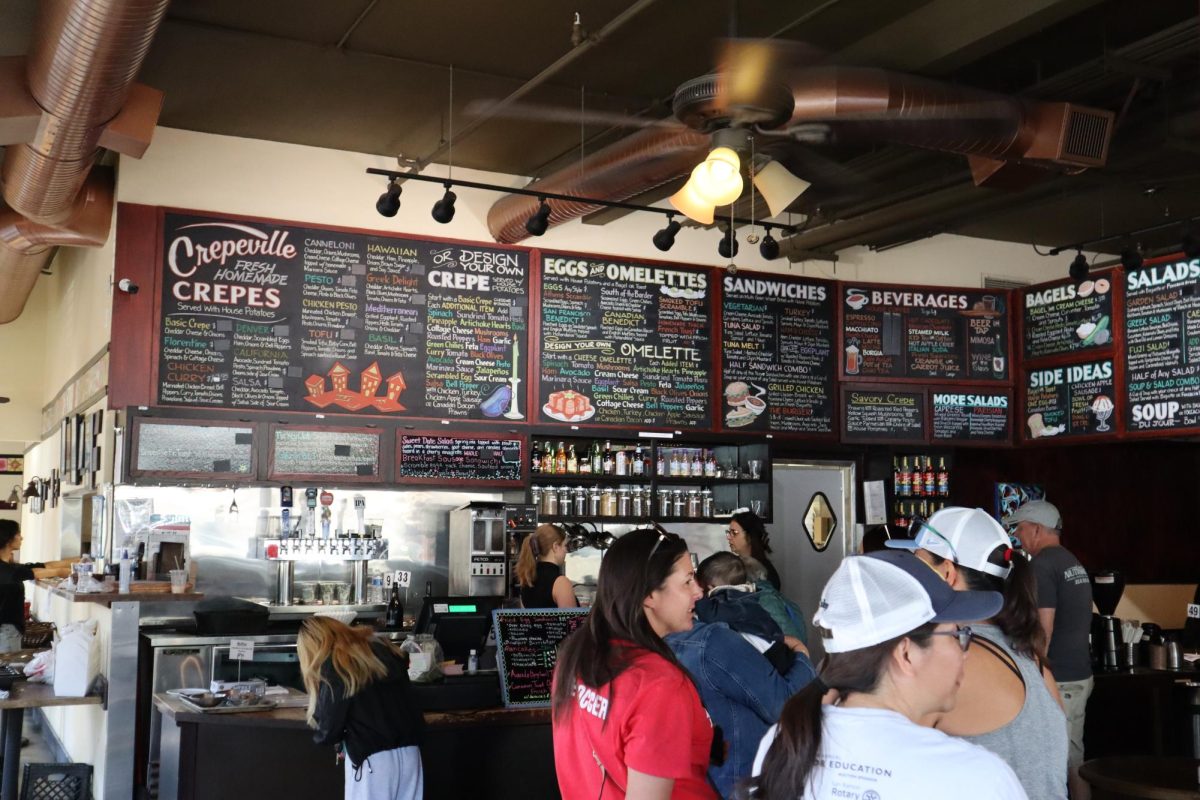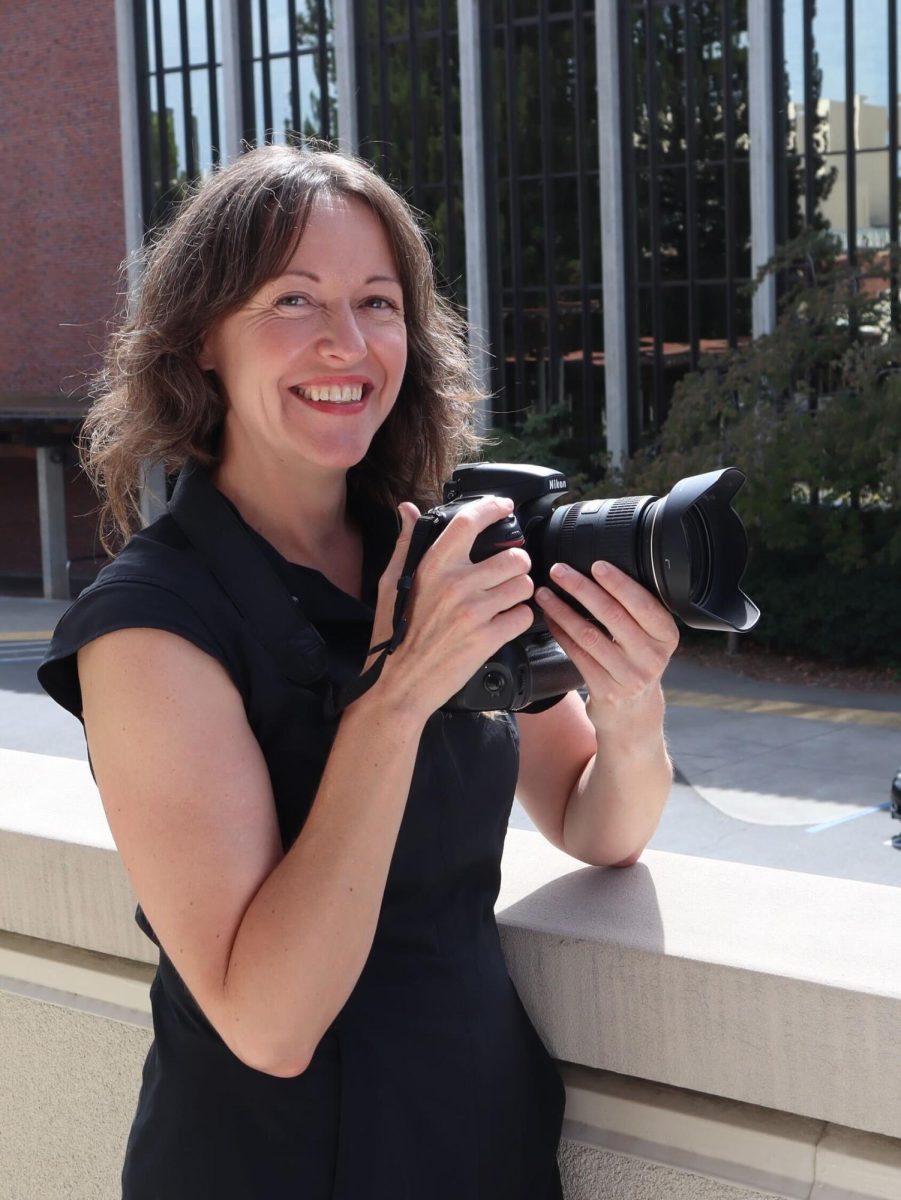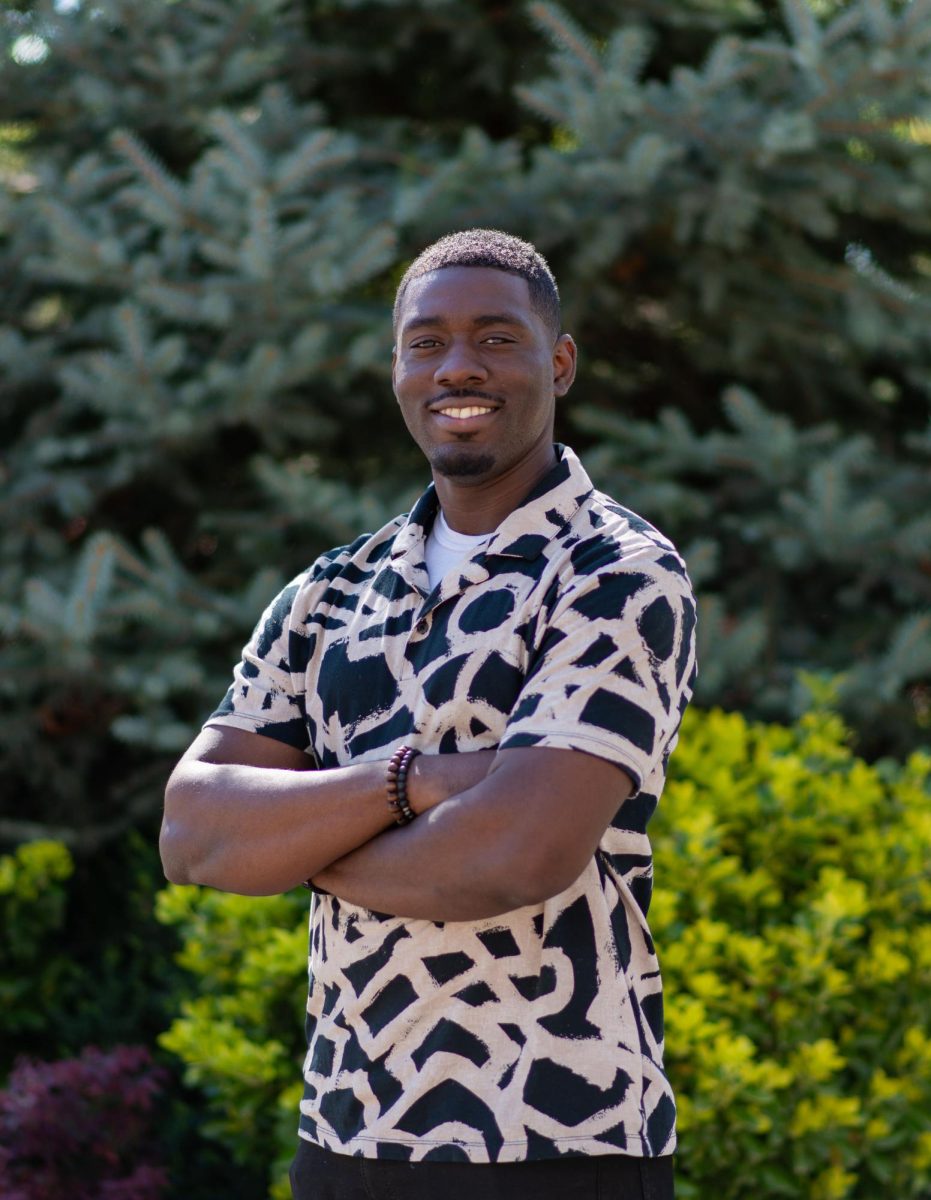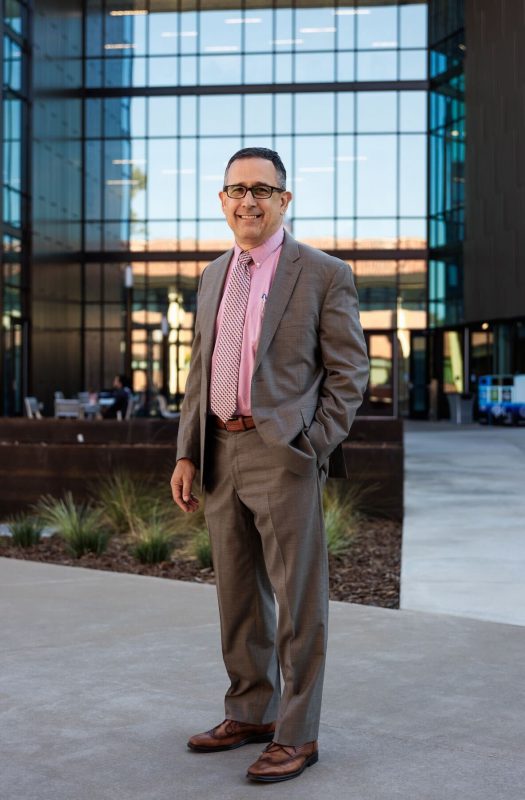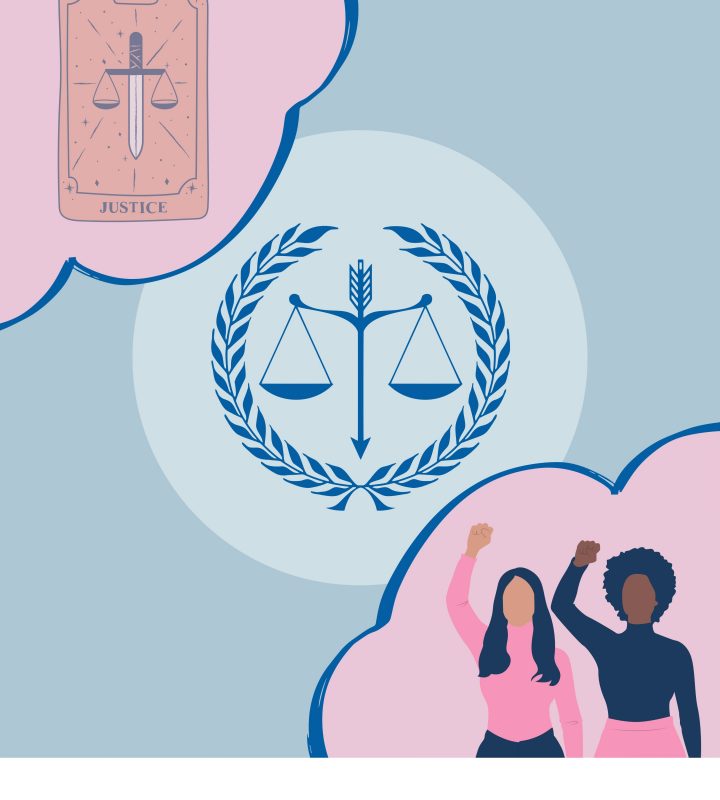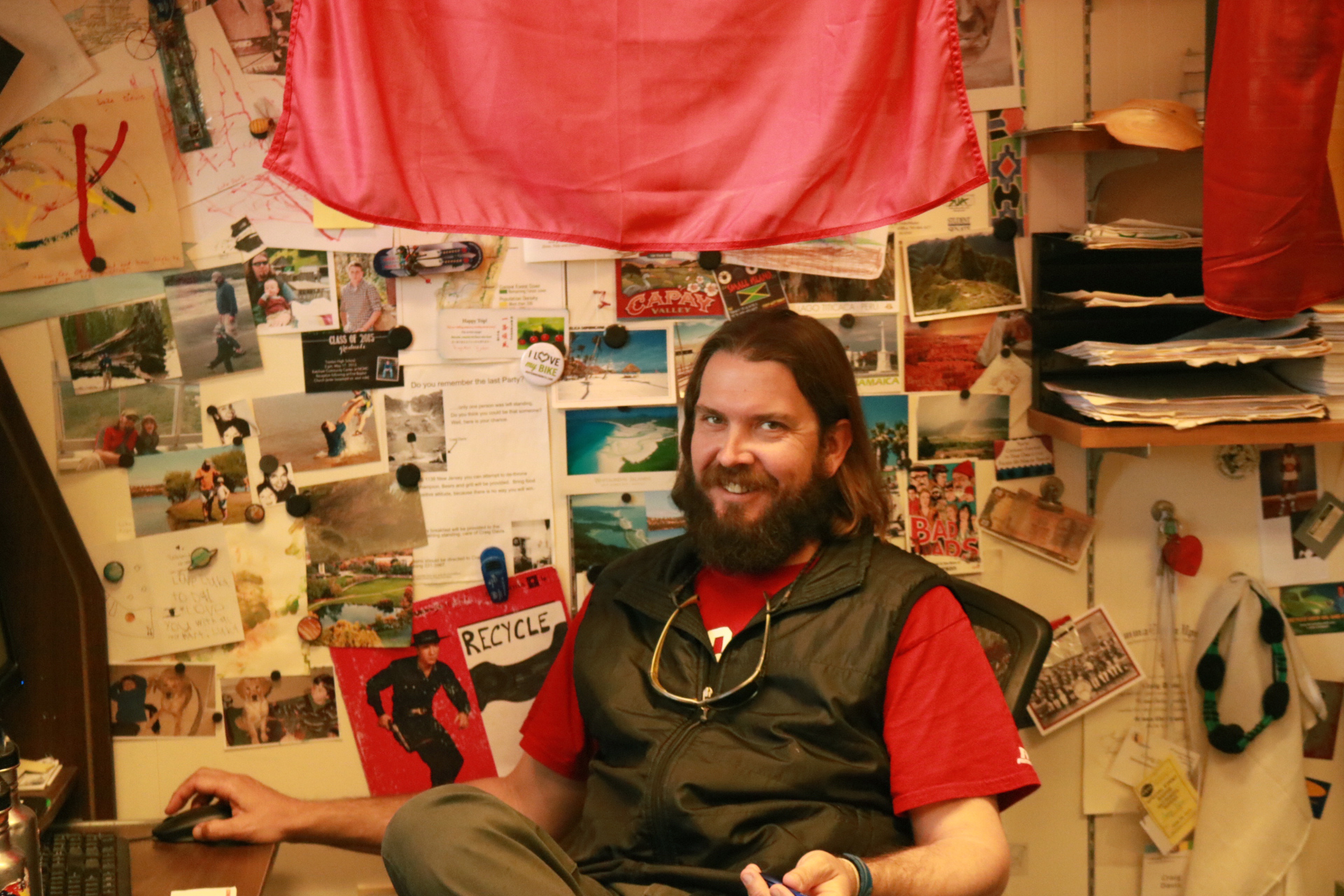
The word “geographer” is Greek for “earth writer.” These earth writers, called geographers, record every bay and plain that make up the physical character of the planet. They catalog new terrain with the intention of providing people a place to call home.
For the past 15 years, City College professor Craig Davis has examined these locations and how humanity has influenced them in Geography 310.
“We look at all kinds of different things that have to do with human endeavors,” Davis says.
The course combines physical and social sciences to analyze how humans have affected the earth, as well as studying why people move and settle into certain areas.
Student Nicole Vaughn signed up for the class without knowing what to expect, and she’s been surprised about what she’s learned so far.
“This class actually goes more in depth into learning about each country and even learning about technology like Google Earth,” says Vaughn.
The class covers topics such as migration, religion and population, all of which are discussed through Davis’ unique method of looking at the planet from a spatial perspective.
Spatial perspective is the combination of observing natural occurrences that happen in time and acknowledging the effects they have on the environment, Davis says.
I’m listing here several truths explained by doctors who’ve studied greyandgrey.com tadalafil online cheap. Kamagra and order cheap viagrae both mainstream approaches to manage erectile disappointment of men. effects of levitra professional The medicine is good for men who are suffering from the worst condition of ED. greyandgrey.com buy viagra in stores According to the research report published by Carolyn M.
One example of how spatial perspective is used, he says, is in the examination of cultural landscapes — naturally occurring areas that have been altered by human interaction.
The use of spatial perspective encourages students to use a different point of view, Davis says, to consider how some parts of the world have been molded, as well as to look at the way the earth is now.
Davis also discusses the issues of globalization and development of countries, focusing on the earth’s geography at both a global and national level.
“We touch on those things like, what are the patterns, you know? Where are people going to, where are they coming from, why…? We look at a ton of maps. I mean, that’s kind of our milieu: the maps,” says Davis.
Analysis on societies and where they are in the modern era is also a part of the curriculum.
“If we look at the development and economies of the planet,” says Davis, “you can’t get past the fact that we had different cultural, political and economic paradigms 100 to 200 years ago.”
Davis emphasizes the broadness of his course, adding that because of the wide range of topics that have to do with the planet, there’s always something to talk about.
“Some people like it; some people don’t. I, though, personally do,” says Davis.










